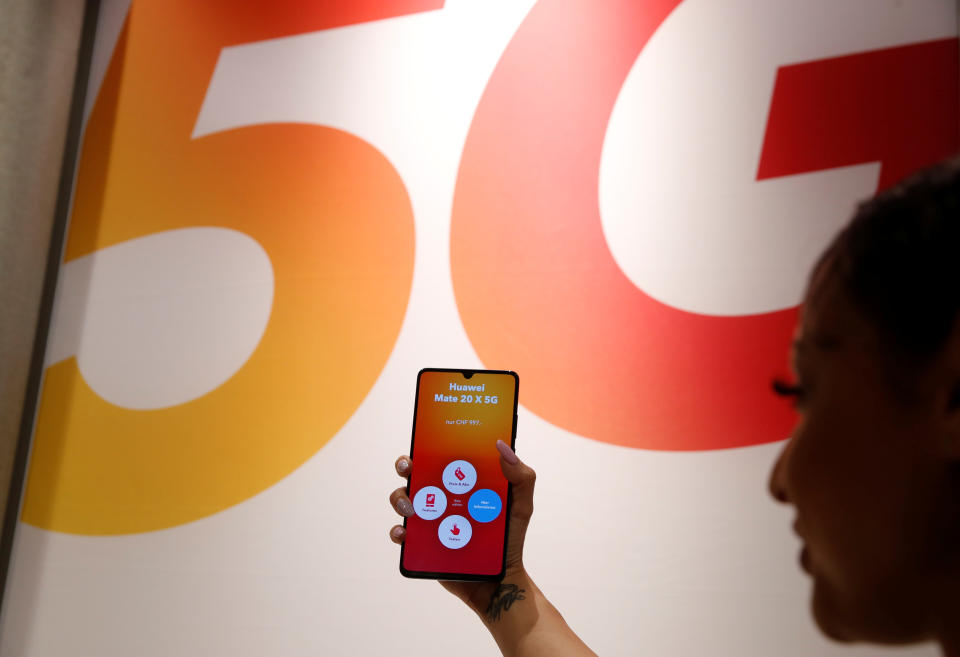Trump-Xi summit ends, clearing Wall Street's modest expectations for trade talk progress
A cease-fire, but no definitive truce.
The conclusion of the Group of 20 summit in Japan saw President Donald Trump and Chinese President Xi Jingping agree to return to the bargaining table, preventing a new escalation in the trade war that’s likely to be greeted with a sigh of relief by addled global markets.
Along with nebulous promises of Beijing buying U.S. soybeans and America loosening the screws on China’s most important technology company, one clear outcome of the Trump-Xi confab is that $300 billion in proposed new tariffs is on the back burner for now.
Yet less clear is the fate of $200 billion in existing 25% tariffs, and whether they’ll ever be rescinded. Meanwhile, analysts pointed out that most of the restrictions on Chinese tech giant Huawei Technologies would remain in place—and that none of the major nettlesome trade issues have been addressed, much less resolved.
‘Back to where they were in early May’
Wall Street had anticipated a modest agreement between the two largest economies that would paper over tensions—and that’s just what market got.
While certainly a milestone in a long-running saga, the Trump-Xi detente fails to resolve a globe-spanning conflict, or any of the major trade issues, all of which defy easy solutions or post-summit platitudes.
“Aren't things back to where they were in early May, except that there is a higher tax on $200 bln of US imports from China, which remains in place?” asked Marc Chandler, chief market strategist at Bannockburn Global Forex, in a research note on Sunday.
Arguing that the “melodrama subsides but the capriciousness remains” given Trump’s stated penchant for using tariffs as a policy weapon, Chandler argued that the sharply decelerating U.S. economy might have forced Trump’s hand.
“With the U.S. economy slowing as Q2 wound down, and the tariffs on China blamed in some quarters, Trump may not have been in the mood for escalation,” Chandler added.
‘Underlying substantive issues’
Indeed, the G20’s conclusion gingerly sidestepped many of the critical issues at the heart of the U.S.-China trade fight. Still, the outlines of the deal did give Trump just enough to shore up his eroding political capital with American farmers, who have been squeezed by Chinese tariffs.
“It is unclear whether the meeting involved any discussion of the underlying substantive issues,” analysts at Goldman Sachs wrote late Saturday.
“Unsurprisingly, there was no announcement of progress on any of the substantive issues at the center of US-China discussions, like technology transfer, intellectual property protections, market access, or government subsidies,” the bank said.
“This had not been expected to come out of this meeting and does not appear to have been the focus of these discussions,” Goldman added.
Treasury Secretary Steve Mnuchin recently reiterated that back in May, the two sides were “90% of the way” to a completed deal before the Chinese walked away. Yet according to some, that seemingly large percentage belied the reality of hammering out an agreement.

The Trump-Xi summit “puts the two sides back to addressing the remaining ‘10-20%’ of outstanding trade issues, but these by definition are the hardest to resolve,” wrote Michael Hirson, an analyst at Eurasia Group.
“They include issues related to China modifying key technology policies, a conversation that has become harder in the wake of the US action against Huawei which, even if reversed, has permanently strengthened China’s resolve to reduce its reliance on the US in critical areas of technology,” Hirson said.
Recently, the U.S. added Huawei, the world’s largest telecoms equipment maker, to its “Entity List,” which brands certain foreign companies as a national security risk. The designation keeps Huawei from purchasing or utilizing U.S. technology without a license.
Given mounting resistance in Congress, and especially among members of Trump’s own Republican Party, Eurasia’s Hirson said that any attempt to ease up on Huawei could prove “politically costly” for the president.
Meanwhile, a fact that’s escaped markets unsettled by the U.S.-China squabble is that bilateral trade is just one of several festering flashpoints pitting the world’s two largest economies against each other, in which Huawei is merely a proxy.
“Whether the U.S. likes it or not, the economic competition with China is a critical battlefield in a much larger geopolitical struggle for global primacy in the 21st century,” John Hannah, a senior counselor at the Foundation for Defense of Democracies, a national security and foreign policy think tank, told Yahoo Finance last month.
-
Javier is an editor for Yahoo Finance. Follow Javier on Twitter: @TeflonGeek
Read the latest financial and business news from Yahoo Finance
Read more:
'Quietest in 20 years': Truckers feel chill of slowing US economy
How Trump's 'beautiful' tariffs are casting a shadow over trade policy
Trump walks back Mexico tariffs, promises relief for 'patriot farmers'
Bank of America CEO: 'We want a cashless society'
Follow Yahoo Finance on Twitter, Facebook, Instagram, Flipboard, SmartNews, LinkedIn, YouTube, and reddit.

